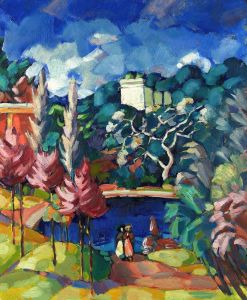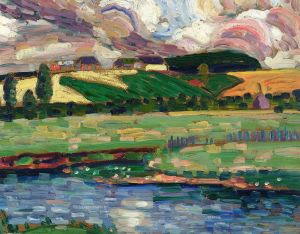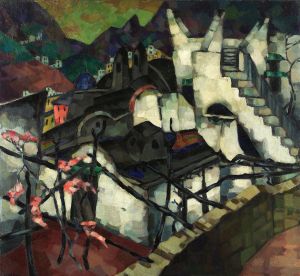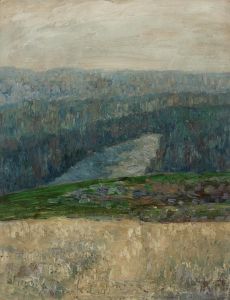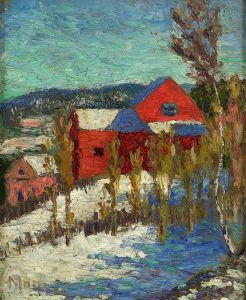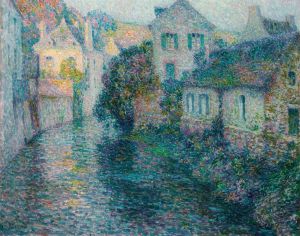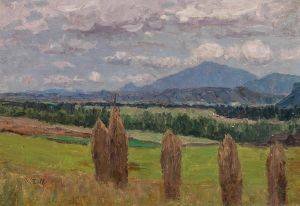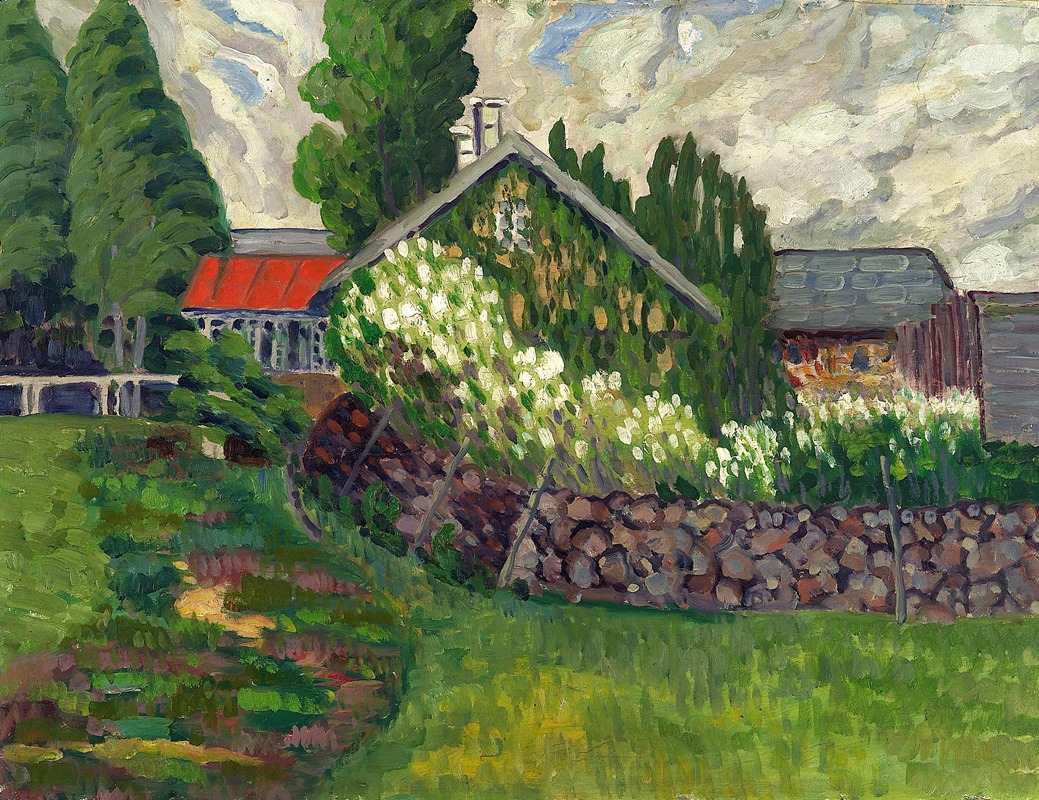
Talumaastik
A hand-painted replica of Konrad Mägi’s masterpiece Talumaastik, meticulously crafted by professional artists to capture the true essence of the original. Each piece is created with museum-quality canvas and rare mineral pigments, carefully painted by experienced artists with delicate brushstrokes and rich, layered colors to perfectly recreate the texture of the original artwork. Unlike machine-printed reproductions, this hand-painted version brings the painting to life, infused with the artist’s emotions and skill in every stroke. Whether for personal collection or home decoration, it instantly elevates the artistic atmosphere of any space.
Konrad Mägi (1878–1925) was an Estonian painter known for his vivid landscapes and expressive use of color. His work is often associated with the early 20th-century European art movements, particularly Impressionism and Expressionism. Mägi's paintings are celebrated for their vibrant colors and emotional depth, capturing the essence of the landscapes he depicted.
One of Mägi's notable works is "Talumaastik," which translates to "Farm Landscape" in English. This painting exemplifies Mägi's ability to blend natural scenery with a dynamic color palette, creating a sense of movement and life within the landscape. "Talumaastik" reflects Mägi's deep connection to the Estonian countryside, a recurring theme in his work that highlights his national identity and personal experiences.
Mägi's artistic journey began in Tartu, Estonia, where he initially studied at the Pallas Art School. His education continued in various European cities, including Paris, where he was influenced by the burgeoning modernist movements. Mägi's exposure to different styles and techniques during his travels significantly shaped his artistic approach, allowing him to develop a unique style that combined elements of Impressionism and Expressionism.
"Talumaastik" is characterized by its bold use of color and dynamic composition. Mägi often employed a technique that involved layering colors to create depth and texture, which is evident in this painting. The landscape is depicted with a sense of movement, as if the viewer can feel the wind rustling through the fields and trees. Mägi's use of color is particularly striking, with vibrant greens, blues, and yellows dominating the canvas. This choice of colors not only captures the natural beauty of the Estonian landscape but also conveys a sense of emotion and atmosphere.
The painting reflects Mägi's fascination with the interplay between light and shadow, a common theme in his work. He often explored how light could transform a scene, adding a sense of drama and intensity to his landscapes. In "Talumaastik," the play of light across the fields and sky adds a dynamic quality to the composition, enhancing the viewer's experience of the scene.
Mägi's work, including "Talumaastik," is significant in the context of Estonian art history. He is considered one of the pioneers of modern art in Estonia, and his paintings have had a lasting impact on the country's cultural heritage. Mägi's ability to capture the essence of the Estonian landscape with such vibrancy and emotion has made his work an enduring symbol of national identity and pride.
Today, Konrad Mägi's paintings are held in high regard and are featured in various art collections and exhibitions. His contribution to the development of modern art in Estonia is widely recognized, and his works continue to inspire artists and art enthusiasts alike. "Talumaastik," with its vivid colors and expressive composition, remains a testament to Mägi's artistic vision and his deep connection to the natural world.







